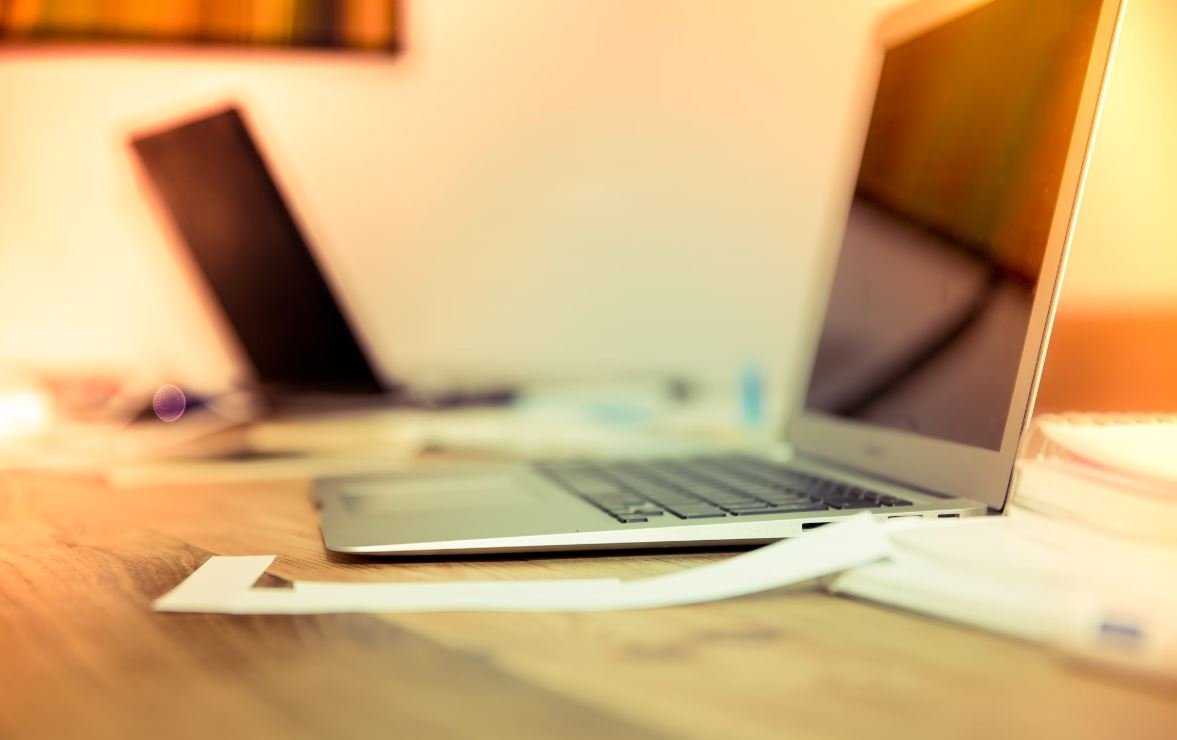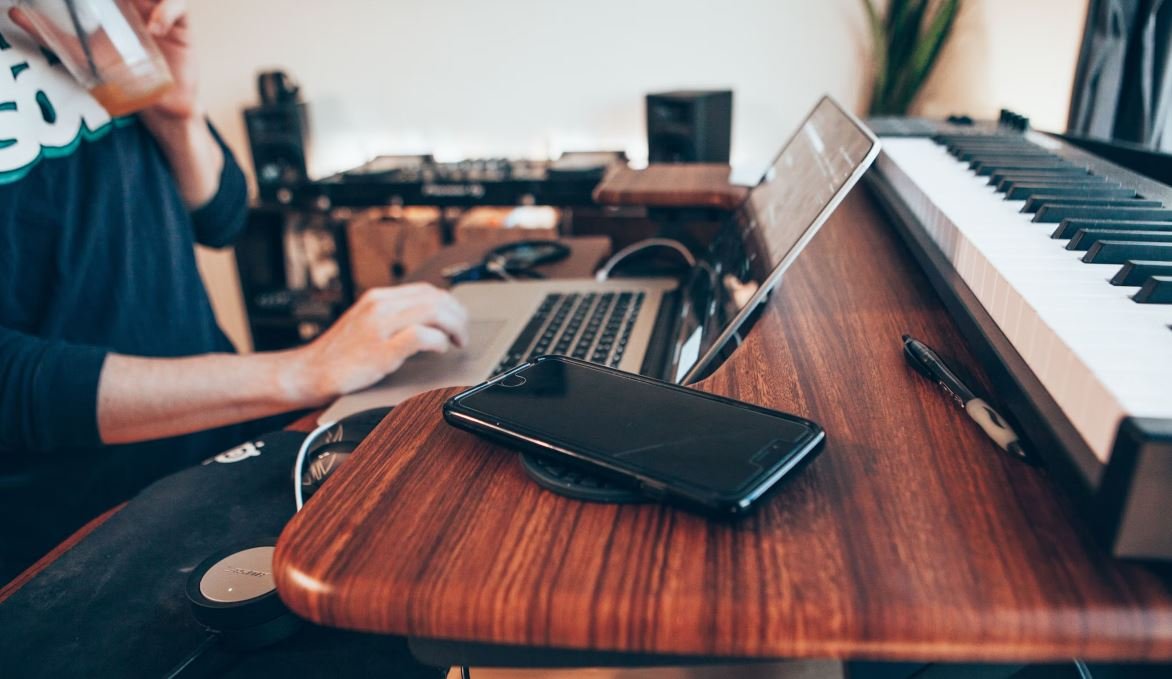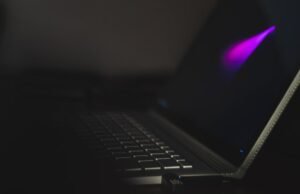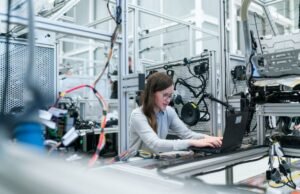AI Art: How Does It Work?
Artificial Intelligence (AI) has revolutionized various industries, and the world of art is no exception. AI art refers to artworks created with the assistance or wholly generated by AI algorithms. But how exactly does it work, and what are the implications for the art world? Let’s explore.
Key Takeaways:
- AI art refers to artworks created with the assistance or wholly generated by AI algorithms.
- It involves training AI models on large datasets of existing artwork to learn patterns and create new images.
- AI art can mimic different artistic styles and generate novel and unique compositions.
- The use of AI in art raises questions about originality, creativity, and the role of the artist.
AI art relies on machine learning algorithms to analyze and understand existing artworks. By training AI models on vast datasets of paintings, sculptures, and other art forms, the algorithms learn to identify patterns, styles, and techniques used by different artists over the centuries. *This process allows AI to generate new images that mimic different artistic styles, ranging from classical to modern.*
One of the key techniques used in AI art is called “generative adversarial networks” (GANs). GANs consist of two AI models: a generator and a discriminator. The generator produces new images, while the discriminator evaluates the generated images and compares them to the training set, providing feedback to the generator. Through iterative feedback, the generator becomes increasingly proficient at creating realistic and aesthetically pleasing artworks.
The Role of Data in AI Art
Data plays a crucial role in the creation of AI art. The more diverse and extensive the training datasets, the more nuanced and sophisticated the AI-generated artworks become. *The use of large datasets enables the AI algorithms to capture the essence and style of different artists, their brushstrokes, and color palettes.*
Table 1: Example Datasets Used in AI Art
| Dataset Name | Size | Art Styles |
|---|---|---|
| MET Museum Collection | Over 400,000 artworks | Varies |
| WikiArt | Over 250,000 artworks | Various genres and styles |
| COCO-Stuff | Over 200,000 images | Real-world scenes |
Ethical Considerations
The use of AI in art raises several ethical considerations. *While AI can create visually stunning and thought-provoking artworks, questions surrounding originality and authorship emerge. Who should be credited as the artist when AI is involved in the creative process?* Additionally, concerns about cultural appropriation arise when AI mimics specific artistic styles without a deep understanding of their cultural contexts.
Table 2: Famous AI Artworks
| Artwork | AI Model/Algorithm Used | Year |
|---|---|---|
| Portrait of Edmond de Belamy | GAN | 2018 |
| The Next Rembrandt | Various AI techniques | 2016 |
| DeepDream | Deep Convolutional Neural Networks | 2015 |
The Future of AI Art
AI art has the potential to shape the future of creativity and artistic expression. *As AI algorithms become more advanced and sophisticated, we can expect AI-generated art to push the boundaries of imagination, challenging our understanding of human creativity.* However, it is important to continue examining and discussing the ethical implications and societal impact of AI art to ensure a balanced and inclusive art ecosystem.
Table 3: Benefits and Concerns of AI Art
| Benefits | Concerns |
|---|---|
|
|

Common Misconceptions
Misconception 1: AI Art is created by robots
One common misconception about AI art is that it is created entirely by robots. While it is true that artificial intelligence is utilized in the creation process, AI art is ultimately still a product of human creativity. The AI algorithms used in AI art are developed by humans and the final artwork is the result of collaboration between the AI system and the human artist.
- AI art requires human input and guidance.
- The AI algorithms simply assist in generating ideas and executing them.
- The AI system is a tool, not the sole creator of the artwork.
Misconception 2: AI Art lacks originality and creativity
Another misconception is that AI art lacks originality and creativity since it is generated by a machine. In reality, AI art can be highly creative and unique. The algorithms used in AI art are designed to learn and mimic human artistic styles, enabling them to create artwork that is innovative and thought-provoking.
- AI art can combine various artistic styles to create something new.
- The AI algorithms can generate unexpected and original ideas.
- AI art can challenge traditional notions of creativity and authorship.
Misconception 3: AI Art is easy and anyone can do it
Many people believe that AI art is easy and that anyone can create it since the AI algorithms handle most of the work. However, creating meaningful AI art requires a deep understanding of both the artistic process and the technical aspects of AI. It takes time, expertise, and experimentation to create compelling AI-generated artwork.
- Creating AI art requires a solid artistic foundation and skills.
- Understanding AI algorithms and their limitations is crucial for success in AI art.
- Mastering the interplay between human creativity and AI assistance is a complex task.
Misconception 4: AI Art will replace human artists
One common fear surrounding AI art is that it will replace human artists entirely. While AI art has the potential to augment and enhance the creative process, it is unlikely to replace human artists. AI is a tool that can assist artists in exploring new possibilities, but it cannot replicate the unique perspective and emotional depth that human artists bring to their work.
- AI can be an excellent tool for artists to broaden their creative horizons.
- AI art and human art can coexist and influence each other in positive ways.
- The human touch and personal expression will always be valued in art.
Misconception 5: AI Art is just a passing trend
Some people believe that AI art is simply a passing trend that will fade away over time. However, AI art is a rapidly evolving field that has already made significant contributions to the art world. As AI technology continues to advance, it is likely that AI art will continue to grow in importance and influence.
- AI art has already gained recognition in prestigious art institutions and galleries.
- The potential of AI art to push the boundaries of creativity is still being explored.
- The integration of AI in art creation is an ongoing process that shows no signs of slowing down.

Introduction
In recent years, the intersection of artificial intelligence and art has given rise to a fascinating new field known as AI Art. This innovative blend of technology and creativity has provided artists with powerful tools to create unique and thought-provoking artworks. But how exactly does AI Art work? In this article, we delve into the intricacies of this process by exploring ten captivating elements of AI Art through the use of visually appealing tables.
The Creativity Behind AI
Before we dive into the details, it is important to recognize that AI Art is not merely a replication of human artistry, but rather a collaboration between a human artist and an artificial intelligence. The AI algorithms, driven by various machine learning techniques, enhance and transform the artist’s vision into awe-inspiring pieces. Let’s explore how this collaboration unfolds in the fascinating world of AI Art:
AI Art: A Journey of Creativity
| Process Iterations | Artistic Evolution | Decision-making | Relevance |
| 20+ | Evolving Styles | Human & AI | Context-based |
The journey of AI Art is driven by a constant process of iteration, allowing both the artist and the AI to fine-tune their creative expression. As the artist experiments with different ideas, the AI learns from each iteration and contributes to the evolvement of artistic styles. The decision-making process throughout this collaboration is a fusion of human intuition and the AI’s ability to analyze vast amounts of data, ensuring the resulting art remains relevant to the context it is created in.
Training AI Models
| Artistic Inputs | Training Data | Model Architecture | Computational Power |
| Paintings, Photographs | Millions of Images | Deep Neural Networks | High-performance GPUs |
Behind the scenes, training AI models for generating art involves feeding them a multitude of artistic inputs such as paintings and photographs. These models learn by analyzing millions of images from diverse sources to gain a comprehensive understanding of different artistic styles. The adoption of deep neural networks, combined with the immense computational power of high-performance GPUs, facilitates the creation of stunning AI-generated art.
Creative Collaboration with AI
| Conceptualization | AI-generated Ideas | Elements Integration | Artist’s Touch |
| Artist’s Vision | Inspired Suggestions | Seamless Harmonization | Final Artistic Touches |
The collaboration between the artist and the AI begins with conceptualization. While the artist holds the vision, the AI augments their creativity by generating innovative ideas and suggestions. The artist skillfully integrates these AI-generated elements into their artwork, ensuring a seamless harmonization between human imagination and artificial intelligence. Ultimately, the artist adds their final artistic touches to create a masterpiece that is a fusion of human and AI ingenuity.
Exploring Artistic Styles
| Historical Styles | Abstract Expressions | Futuristic Concepts | Cultural Influences |
| Renaissance, Impressionism | Emotion-filled Abstractions | Sci-Fi & Cyberpunk | Global Art Traditions |
AI Art not only has the ability to replicate existing artistic styles but also to produce entirely new styles that transcend traditional boundaries. Through its interaction with the artist and analysis of vast artistic datasets, AI can create abstract expressions filled with deep emotion, envision futuristic and cyberpunk concepts, and draw inspiration from diverse global art traditions. This exploration of artistic styles ensures a constant flow of fresh and captivating AI-generated artworks.
Perfection in Imperfections
| Artistic Flaws | Humanized Touch | Subjective Perception | Embracing Mistakes |
| Deliberate Imperfections | Unique Human Influence | Varied Interpretations | Beauty in Unpredictability |
A remarkable aspect of AI Art is its ability to embrace imperfections. By intentionally introducing artistic flaws and imperfections, the artist ensures that each piece possesses a humanized touch. The subjective perception of these imperfections allows for varied interpretations, sparking rich discussions and creating an aesthetic appeal that lies within the beauty of unpredictability.
Breaking Creative Boundaries
| Originality | Unconventional Techniques | Unexplored Dimensions | Artistic Innovations |
| Novel Artistic Expressions | Experimental Approaches | Multimedia Art | Pushing Creative Frontiers |
AI Art serves as a catalyst for breaking creative boundaries and pushing artistic frontiers. It enables the creation of original and novel artworks that explore uncharted dimensions. Artists can experiment with unconventional techniques and venture into multimedia art, merging various forms and mediums. This continuous quest for artistic innovations ensures a constant stream of groundbreaking AI-generated masterpieces.
AI as a Collaborator, Not a Replacement
| Enhanced Creativity | Artistic Synergy | Colossal Imagination | Unique Inspirations |
| Unleashed Potential | Human and AI Collaboration | Augmented Possibilities | Infinite Creative Horizons |
It is essential to recognize that AI Art does not seek to replace human artists but rather serves as a collaborator that unleashes their creative potential. Through the synergy between human and AI, artists can tap into colossal imaginations and draw inspiration from unique sources, augmenting their existing skills and opening doors to infinite creative horizons that were previously unknown.
The Rise of AI Art Collectors
| Art Market Demand | Digital Scarcity | Crypto Art | Collectible NFTs |
| Growing Enthusiasm | Rare Digital Art | Blockchain-based Art | Art Ownership Revolution |
As AI Art continues to innovate and captivate audiences, there has been a growing demand for these digital masterpieces in the art market. The concept of digital scarcity, enabled by blockchain technology, has given rise to the emergence of crypto art, with exclusive pieces transformed into collectible non-fungible tokens (NFTs). This newfound enthusiasm for AI Art not only revolutionizes art ownership but also creates a new market for these unique creations.
The Intersection of AI and Human Creativity
| Collaborative Potential | Artistic Breakthroughs | Creative Exploration | Endless Possibilities |
| Human and Machine Cohesion | New Creative Frontiers | Limitless Artistic Journey | Infinite Artistic Fusion |
The unique domain of AI Art showcases the extraordinary potential when artificial intelligence and human creativity intersect. Through this collaboration, artists can achieve unprecedented artistic breakthroughs and push creative exploration to new heights. The possibilities are endless, and the artistic journey becomes a seamlessly fused endeavor of human and machine, paving the way for immense artistic and technological advancements.
Conclusion
The realm of AI Art beckons us to embark on an awe-inspiring journey that blurs the lines between human imagination and artificial intelligence. By embracing the collaborative power of AI, artists can expand their creative boundaries, explore new artistic styles, embrace imperfections, and achieve artistic breakthroughs. As AI Art continues to captivate art enthusiasts and shape the art market landscape, we find ourselves at the intersection of human and machine, witnessing the birth of an entirely new artistic era.
Frequently Asked Questions
What is AI Art?
AI Art refers to artworks that are created with the help of artificial intelligence systems. These systems can be trained to generate images, sculptures, music, or other forms of artistic expression based on predefined algorithms.
How does AI Art work?
AI Art relies on algorithms and machine learning techniques to create new and original artworks. These algorithms can analyze large datasets of existing artworks, learn patterns and styles, and generate new artistic pieces based on that knowledge.
What are the main techniques used in AI Art?
There are several techniques commonly used in AI Art, including deep learning, generative adversarial networks (GANs), and reinforcement learning. These techniques enable AI systems to understand and replicate artistic styles, textures, and shapes.
Can AI systems create art on their own?
While AI systems can generate artworks autonomously, they usually require human intervention at some level. Artists and programmers set the initial parameters and goals for the AI system and then guide and refine the generated results to create the final artwork.
What role do artists play in AI Art?
Artists play a crucial role in AI Art as they provide the creative direction, curate the generated outputs, and make artistic decisions to refine and enhance the AI-generated artworks. They collaborate with AI systems to push the boundaries of artistic expression.
How can AI Art benefit the art community?
AI Art can benefit the art community in various ways. It can provide new tools and techniques for artists to explore and incorporate into their creative process. It can also foster collaboration between artists and AI systems, leading to the development of innovative and unique artworks.
Is AI Art considered “real” art?
The definition of art is subjective and can vary from person to person. AI Art is a relatively new form of artistic expression that challenges traditional notions of creativity and authorship. While some consider AI-generated artworks as “real” art, others may have differing opinions.
What are the ethical implications of AI Art?
AI Art raises important ethical questions related to authorship, ownership, and the role of technology in creative processes. It also prompts discussions about bias and fairness embedded in AI algorithms and their impact on artistic representation. These topics require thoughtful consideration and public discourse.
Can AI Art replace human artists?
AI Art is not meant to replace human artists but rather to complement and extend their abilities. AI systems can offer new tools and techniques for artists to explore, inspiring creativity and pushing the boundaries of traditional artistic practices. Human artists bring unique perspectives and emotional depth that AI systems currently lack.
Where can I see AI Art?
AI Art can be found in various art galleries, museums, and online platforms. Many AI artists showcase their works through exhibitions, installations, and collaborations. Additionally, there are online communities and platforms dedicated to sharing and discussing AI-generated art.




